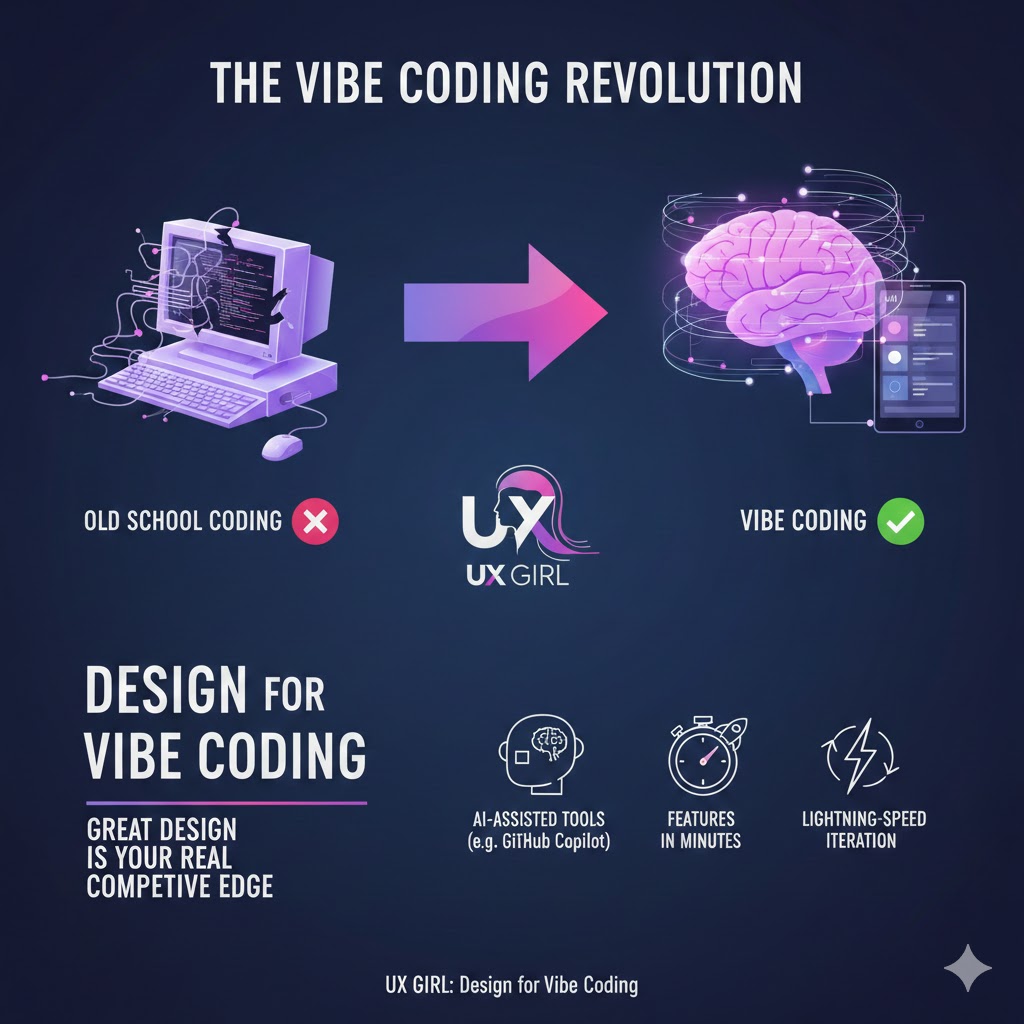
Over time, digital products accumulate design debt—incremental changes, quick fixes, and legacy decisions that gradually degrade the user experience. This often results in a fragmented, inconsistent interface that frustrates users and complicates workflows. Organizations face a critical dilemma: should they invest in a full redesign or make iterative improvements to refine the existing system?
A complete overhaul can be costly, risky, and disruptive. It requires significant resources, may alienate existing users, and can introduce new usability challenges. On the other hand, continuous iteration allows for gradual refinement but risks perpetuating flawed design foundations. The key to making the right decision lies in assessing the extent of design debt, understanding its impact, and weighing the costs and benefits of each approach.
Understanding Design Debt: The Silent UX Killer
Design debt accumulates in several ways:
- Quick fixes and workarounds often address immediate needs but create long-term usability issues
- Legacy design decisions may no longer align with user needs or technological advancements
- Inconsistent UI patterns emerge when multiple teams contribute without a cohesive design system
- Lack of user feedback loops results in decision-making based on assumptions rather than data
Ignoring design debt can lead to a frustrating user experience, increased support costs, and lost revenue. Indicators of high design debt include frequent user complaints, declining conversion rates, and significant usability issues that require extensive workarounds.
The Case for Iterative Improvements
When the core UX remains functional but users experience friction in specific areas, iteration is often the best approach. This method allows teams to make targeted enhancements without disrupting familiar workflows. Iteration works well under several conditions:
- Users struggle with specific pain points that usability testing can pinpoint and address
- Minor UI inconsistencies create confusion but do not fundamentally hinder functionality
- Data-driven insights suggest small optimizations can improve engagement and conversions
- The current system remains scalable and does not impose excessive technical constraints
Successful iteration requires a structured approach—identifying pain points, testing solutions, and continuously refining the design based on real-world feedback.
The Case for a Full Redesign
Sometimes, design debt reaches a point where incremental improvements can no longer salvage the user experience. When usability flaws are deeply embedded in the system, a redesign becomes the only viable option. This is particularly necessary when the product relies on outdated technology that restricts innovation, when maintaining the existing system incurs higher costs than rebuilding, or when competitors offer a far superior UX that threatens market relevance.
However, redesigns come with substantial risks. A poorly executed overhaul can alienate loyal users, disrupt workflows, and lead to significant financial setbacks.
One infamous example is Digg’s 2010 redesign. Digg, once a popular social news aggregator, launched a drastic redesign (Digg v4) that removed key features users loved, such as the ability to view upcoming stories before they became popular. The new version was seen as prioritizing publishers over its core community, leading to a massive user exodus. Within weeks, competitors like Reddit saw an influx of former Digg users, and Digg’s traffic plummeted. This serves as a cautionary tale of how failing to align a redesign with user needs can have catastrophic consequences.

In contrast, Airbnb’s methodical redesign, informed by extensive user research, showcases how a well-planned revamp can drive engagement and growth. In 2014, Airbnb redesigned its search and booking experience to better accommodate user preferences and enhance visual storytelling. The redesign incorporated high-quality photography, improved filters, and a more intuitive booking flow. By leveraging A/B testing and gathering extensive feedback before the full rollout, Airbnb ensured a smooth transition, resulting in increased user satisfaction and higher conversion rates. Their data-driven approach demonstrates how a well-executed redesign can elevate a product without alienating its user base.
Making the Right Call: A Decision Framework
Deciding between iteration and redesign requires a structured evaluation process. Companies should begin with an in-depth usability audit, assessing the severity of design debt through usability scores, conversion rates, churn data, and direct user feedback. Identifying whether the primary issues are surface-level or deeply rooted in the system will clarify whether an iterative approach suffices or a full redesign is necessary.
If usability issues are isolated and correctable through focused adjustments, iteration is likely the better route. Teams should establish clear KPIs and user experience benchmarks to measure the success of iterative changes. Small-scale A/B testing can validate improvements before full implementation, reducing risks and allowing for incremental refinements.
For cases where fundamental usability issues persist, a redesign may be necessary. However, it should be approached methodically—by conducting thorough user research, prototyping potential solutions, and testing new designs before a full-scale launch. A phased rollout can mitigate risk, ensuring that users adapt smoothly and reducing potential backlash from drastic changes.
Beyond usability concerns, business strategy and technical feasibility should guide decision-making. If the current system lacks the flexibility to support long-term innovation, redesigning may be the only viable choice. However, if technical constraints are manageable and the UX can be improved without significant disruption, iteration offers a lower-risk alternative.
Conclusion: Strategic UX Decision-Making
Ultimately, the decision to iterate or redesign depends on the severity of design debt and its impact on users. While iteration allows for gradual enhancements, a full redesign is sometimes the only way to break free from foundational issues. Businesses must take a data-driven approach, leveraging usability testing and user feedback to guide their choices. Regularly auditing design debt ensures that user experience remains a priority and prevents the need for drastic interventions. By making strategic UX decisions, organizations can sustain product growth while maintaining an intuitive, user-friendly interface.


.jpg)


.jpg)
.svg)

.jpg)
.jpg)








